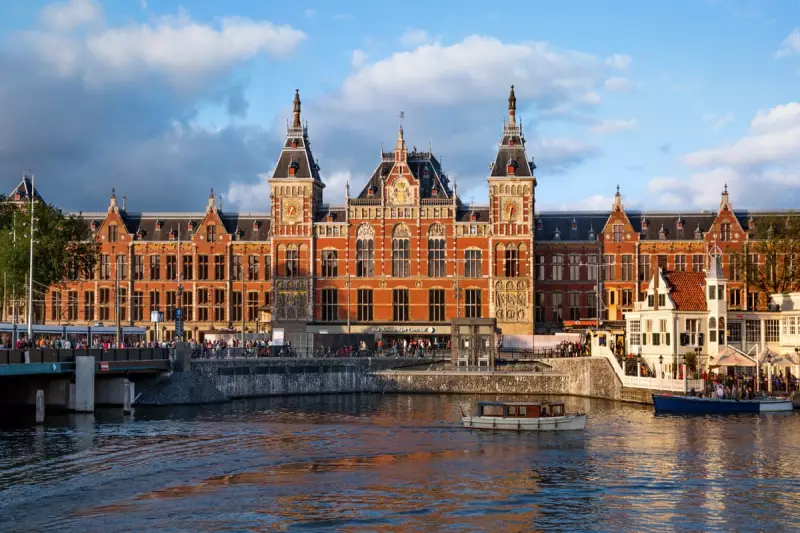
The romance of the rails is making a spectacular comeback across Europe. A quiet revolution is unfolding in the dead of night, as a sprawling network of sleeper trains reconnects major cities, offering travellers a sustainable, efficient, and profoundly charming alternative to short-haul flights.
This renaissance is centred around key European hubs, with cities like Amsterdam, Berlin, Vienna, and Zurich becoming the pulsating hearts of the continent's renewed overnight network. From these centres, travellers can now drift off in one capital and wake up refreshed in the centre of another, having journeyed hundreds of miles carbon-efficiently while they slept.
The New Golden Age of Rail Travel
Gone are the days of musty carriages and unreliable services. The new generation of sleeper trains boasts modern comforts, from plug sockets and Wi-Fi to stylish couchettes and private cabins. Operators like European Sleeper and Nightjet are leading the charge, expanding routes and increasing frequency to meet soaring demand from environmentally conscious passengers.
This isn't just a nostalgic trip down memory lane; it's a forward-looking solution to the climate crisis. Choosing a bunk over a flight seat drastically reduces a traveller's carbon footprint, making these journeys a favourite for those seeking to explore Europe responsibly.
London's Reconnection to the Continent
For British travellers, the excitement is palpable. London is steadily being woven back into this tapestry of night trains. While the UK's rail infrastructure presents unique challenges, new services are successfully linking the capital to iconic European destinations, bypassing airport hassle and unlocking a more seamless adventure.
The ability to depart London after a day's work and arrive in the centre of Amsterdam, Berlin, or a host of other cities the following morning is a game-changer for both tourism and business travel.
Beyond the Major Hubs: A Network Expands
The reach of these services extends far beyond the well-known hubs. The map of overnight routes is expanding into Eastern and Southern Europe, connecting dots between cities that haven't had a direct sleeper link for decades. This network growth makes previously awkward journeys simple and opens up a world of possibility for interrailers and city-break enthusiasts alike.
The message is clear: the future of European travel is looking slower, smarter, and infinitely more stylish. As you plan your next continental adventure, consider looking beyond the departure boards of airport terminals. Your next great journey might just begin as the sun goes down.





